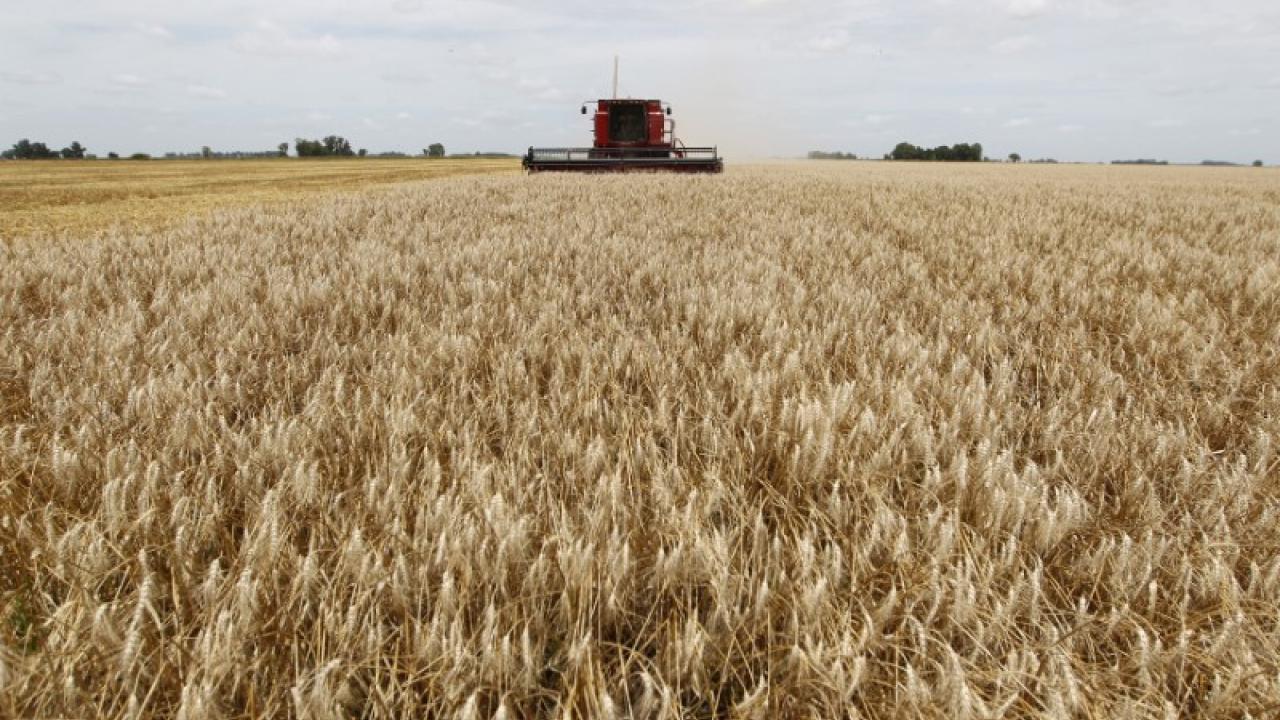
In the first quarter of 2024, the greatest impacts are observed in crops such as grain corn, avocado and sugar cane.
During the first quarter of 2024, agricultural activity in Mexico decreased 6.1%, whose most affected regions were the north and center with quarterly drops of 11.6% and 7.8%, respectively.
Drought conditions in the main producing states had an impact on volumes, according to the Report on regional economies, as of the first quarter of 2024 from the Bank of Mexico (Banxico).
The Banxico report measures economic activity in six indicators, of which the agricultural sector was the one that fell the most, with a decrease throughout the country; the north-central regions fell 3.3% and the south, 2.1%.
In the northern region, which includes Baja California, Chihuahua, Coahuila, Nuevo León, Sonora and Tamaulipas, the drought has impacted agricultural production, especially industrial crops and forage, according to producers consulted by Banxico.
The area devoted to sorghum was reduced due to low sales prices at planting and the adverse effects of drought on yields; As of May 2024, this product was one of the most exposed to drought, mainly in the central and north-central regions.
Fruit and vegetable production also decreased noticeably, with products such as onion and green chili affected. Frosts and untimely rains have exacerbated the situation, resulting in lower harvest volumes of asparagus and other crops.
The challenges
In the center of the country, the drought has had a strong impact on the production of forage corn, particularly in Guanajuato, Querétaro and Puebla. Farmers also face challenges with the production of broccoli, strawberries, cucumbers and red tomatoes.
In north central Mexico, agricultural production has similar challenges due to adverse weather conditions. Green tomato production was affected by frost in northern Sinaloa, while drought reduced the development of avocado orchards in Michoacán.
According to Banxico's analysis, as of May 2024, 80.3% of national agricultural production could have been exposed to drought conditions, at its maximum level, well above the 2020 average. The most exposed crops are grain corn, avocado, sugar cane, tomato and agave, in that order.
Drought exposure levels of various crops have remained high due to the persistence of dry conditions in all regions of the country.
In particular, the significant increase in the impact of the south on crops such as lemon and sugar cane from the end of 2023 to the first months of 2024 stands out, as well as the influence of the center on the drought experienced by wheat, alfalfa and sorghum.
Although some crops such as corn, grain, beans, wheat, tomatoes, potatoes and onions showed a decrease in exposure to drought in April 2024 with the start of the rainy season, these levels increased again in May 2024. During this month, exposure levels higher than 70% were reported in most crops, even reaching more than 90% in strawberry, avocado and sorghum.
Drop in demand
In the north of the country, the decline in cotton cultivation is attributed to lower demand from the textile industry and the high labor costs associated with its cultivation.
In the central regions, specifically, a drop in agave harvests was observed, caused by lower demand from the tequila industry due to excess inventories of the drink.
In both the north and the central regions, a contraction in the production of fruits, tubers, vegetables and ornamental plants was also reported.
The sources interviewed said that this reduction was due to lower expected profitability in export operations, influenced by the accumulated appreciation of the peso against the dollar.
Cattle raising
Meanwhile, in the northern and central-northern regions of the country, livestock production showed a significant expansion, domestic demand remained robust, favored by the reduction of costs in key raw materials such as yellow corn and soybeans, whose international prices decreased.
Additionally, the appreciation of the peso against the dollar allowed producers to expand their beef inventories, as well as increase the production of poultry and eggs in the central north, and pork in both regions.
In contrast, livestock production in the central region decreased due to above-average temperatures, affecting cattle and poultry.










